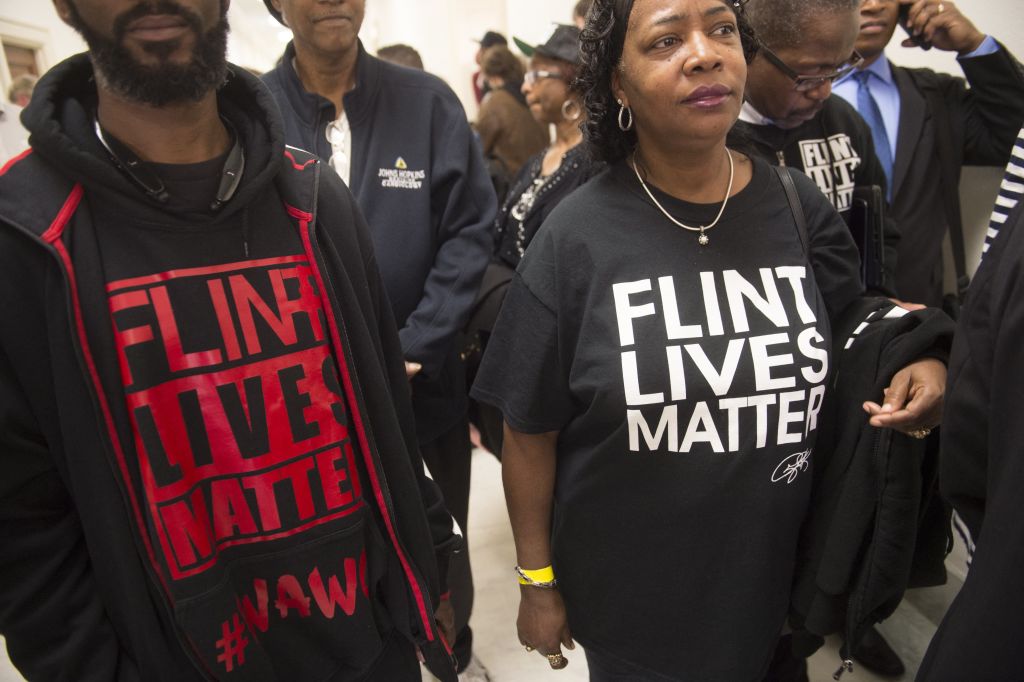Flint, Michigan, recently marked a grim anniversary, as it has now been 10 years since the start of the city’s water crisis. The contamination of the predominantly Black city’s water supply, brought about by governmental cost-cutting measures and neglect, became a national symbol for racial disparity within the U.S.
Ten years later, the impact of Flint’s water crisis linger as efforts to repair the damage remain incomplete.
The Flint water crisis began in late April 2014 when government officials switched the water supply for the city to the Flint River. At the time, the move was celebrated by politicians who had championed the move as a major cost-cutting measure. Soon, however, the gravity of this decision become known as Flint residents began complaining of notably contaminated water coming out of their taps and adverse health effects after using this water. Eventually, environmental scientists confirmed that the switch had led to lead pollution in the city’s water supply, exposing tens of thousands of residents to the heavy metal that can cause neurological damage, especially to children. The water switch also contributed to an outbreak of Legionnaires’ disease that left 12 people dead and dozens sick.
With the 10th anniversary of the crisis, officials are touting a successful recovery as Flint residents complain that the government has not done enough to fix the damage. Sheldon Neeley, the current mayor of Flint, recently celebrated the city’s accomplishments, saying, “We have new infrastructure. We have new state-of-the-art technologies,” per NBC. Pointing to upgrades in the water infrastructure for nearly 30,000 residences and businesses, the mayor also said that “residents of this community never again have to worry about drinking from the Flint River water.” Despite these improvements, around 1,900 structures have still not been reviewed; the city was recently held in contempt by a federal court for missing deadlines for its upgrades. Citizens and advocates also point to the relative lack of accountability for the crisis, as charges against a number of officials were dropped and a $626 million settlement has yet to be paid to any of Flint’s residents.
After news broke about the water crisis and the mismanagement behind it, Flint became a national symbol for environmental justice and racial inequity. Advocates like Councilman Eric Mays and “Little Miss Flint” Mari Copeny became known across the country as they stood up for their community. Celebrities, including Jaden Smith and Bruno Mars, pitched in time and resources to aid the city. Flint was allocated hundreds of millions of dollars in funds from state and federal sources. The scandal of Flint led to increased attention and swifter action for later water crises in places such as Benton Harbor, Michigan, Newark, New Jersey, and Jackson, Mississippi.
But the existence of more water crises, often in predominantly Black communities, shows that the lessons learned in Flint have yet to be implemented around the country or even in Flint itself. Thus, 10 years after the crisis started, residents in Flint and around the country are still waiting for their right to clean, safe water to be fulfilled.

